“That looks a Diana mini” you might be tempted to say. And you’re right. Lomography’s latest camera is a tweaked Diana Mini shooting half frame images. But you’d struggle to know the Lomourette existed. And why the name change? Let’s open up the box and explore.
This is only a unboxing review and my thoughts. A full review will follow. But I’ve some niggles, not least the name. So we’ll get to the camera in a mo.
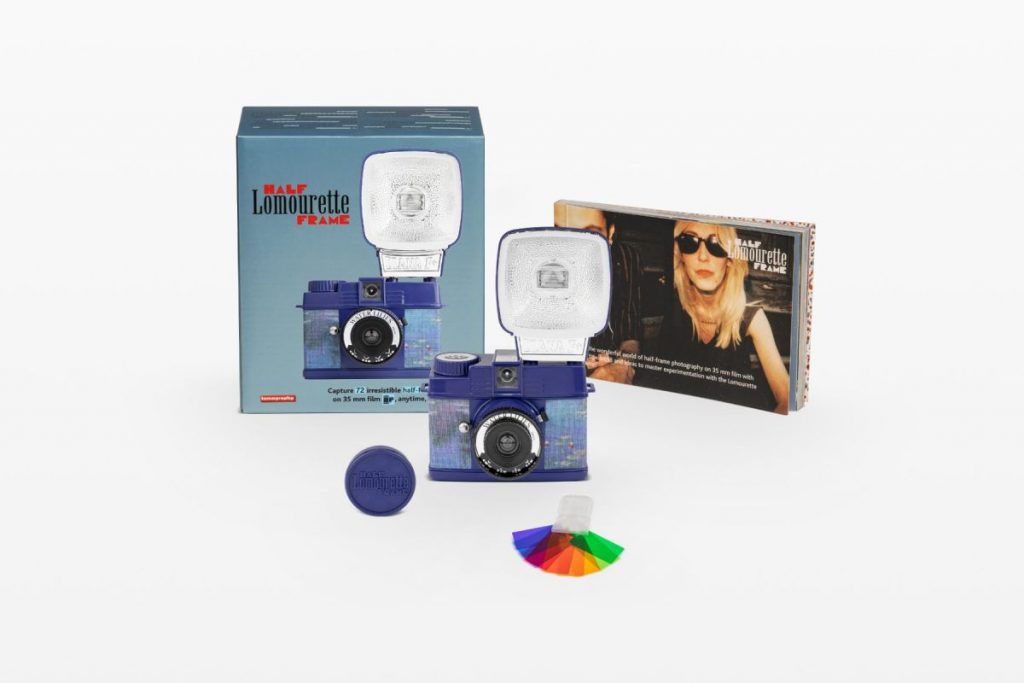
I suspect you can thank Reto for this camera.
Lomography was the Lo-fi King ?
Love them or loath them Lomography AG (the company not the movement) have been a major player in analogue camera markets since the big companies pulled out. In fact bar them, Leica and Holga, there have been few other big name companies offering roll film cameras over the last couple of decades to the consumer. And Lomography have over the years offered us a range of cameras from reloadable disposables, to the re-imagined Diana and right up to their LC-A based models.
But in recent years at the lo-fi end there have been challenges. Holga returned from the grave and the likes of the Kodak M35/Dubblefilm show clones stole into the market. And Reto came along
Reto’s impact
I’d argue that Lomography AG have not produced a truly innovative camera since the LC-A 120 in 2014. And that’s okay. The company have focused on lenses and film. We have had a few cameras but nothing quite as revolutionary. Even 2022 deluxe LomoApparat, whilst actually quit good and dripping with features didn’t exactly set the world alight. It wasn’t helped by new rivals
Reto launch their 3D camera back in 2019 based on the old Nimslo type cameras. It was novel and sign of what would come. The company would launch a version of the lo-fi legend the VUWS to much acclaim. But then came the Kodak Ektar H35
This was a massive success and drove the half frame boom. Reto just were on fleek here. It lived up to the retro Kodak title looking like an instamatic and used the VUWS lens and had a lux feel for less than half the price of the LomoApparat. It would be followed by the tweaked H35N, which I think is one of the best lo-fi cameras in at least the last decade
These would be followed by other companies launching half frames and even the new Pentax camera is going to use that format
Half a Lomo
That last one is interesting as Lomography actually have 2 half frame cameras. The LC-A Wide which until the Pentax arrives sits as the most advanced 35mm new compact you can buy has long offered a half frame mode and the Diana mini as we’ll see offers 2 frame formats although neither are true half frame.
But the half frame buzz must have caught someone’s attention at Lomography. Hence we’ve now got the Lomourette.
The half frame you’ve not hear of
Why no marketing
I did not know this camera existed until 2 weeks ago. It is not on photo news sites nor even Lomography’s FB page. I stumbled across it by chance when looking something up on their UK shop site.
It wasn’t in stock And I wonder if they’re trialling it in Singapore (where mines came from) and other countries before a wider release. That suspicion was further strengthened when I asked Lomography’s PR team about it. They seem surprised I’d heard about it and didn’t think it was released.
But then why have it in store? I suspect someone goofed or their shop system is Globally linked. So if you list in Singapore you list elsewhere.
Oddly my camera cost a little less than Lomography’s UK price of £65 with flash before P&P. But any joy was wiped out by the international shipping cost which dear reader was about the same as the blim’ing camera
And Why Lomourette ?
The other thing I don’t get is the name. If you showed me this with no name on it I’d have called it the Diana Mini Half or the Diana Half. It is basically built from the Mini and I suspect shares loads of components (but importantly as we’ll see not all)
Lomography AG are best known for 2 camera series the LC-A and the Diana. The Diana series obviously began with the Diana F a wonderful hommage to the 1960’s Diana Lo-Fi cameras. And the current version the Diana F+ 120 roll film camera serves as the company’s flagship plastic fantastic. It is more than just a hommage being a true system camera with changeable backs, lenses etc. It has been joined by the Diana mini (35mm), Diana Instant Square (Instax) and the awful Baby Diana 110.
So again why is this called Lomourette ?
Methinks marketing missed the ball big time. This really should have been something like the Diana Half or the Diana Mini Half.
But nope, they didn’t even mention Diana in the name. We got Lomourette !?!
Spec and comparison with the Diana Mini
Lomography have no specs on their website or manual and the PR team were unaware (UPDATE 9th March they given me specs ). That’s bar it shoots half frame so we have to make some assumptions based on the Diana MIni.
So here’s what we have
- Lens – 24mm plastic 1:8 fixed aperture
- Shutter – 1/60 (N) and Bulb (B)
- Flash – proprietary mount
- Focus – 4 zones
- No metering
One nice future unlike a few rivals is the Lomourette’s view finder has been adjusted for half frame.
Obviously the Lomourette just offers half frame 24x18mm. The Diana Mini offers both square frame (24x24mm) and a half format of 24x17mm. The Mini famously gave you the same shots as full frame on the square setting. Irritating as the film often had to be manually scanned anyway meaning you wasted a lot of negative space. But there were work rounds to get more on a roll.
But then there is what the Diana Mini has that the Lomourette doesn’t
- 2 aperture – lomourette has just one
- Tripod point – missing on Lomourette.
- Decent cable point – none on Lomouerette.
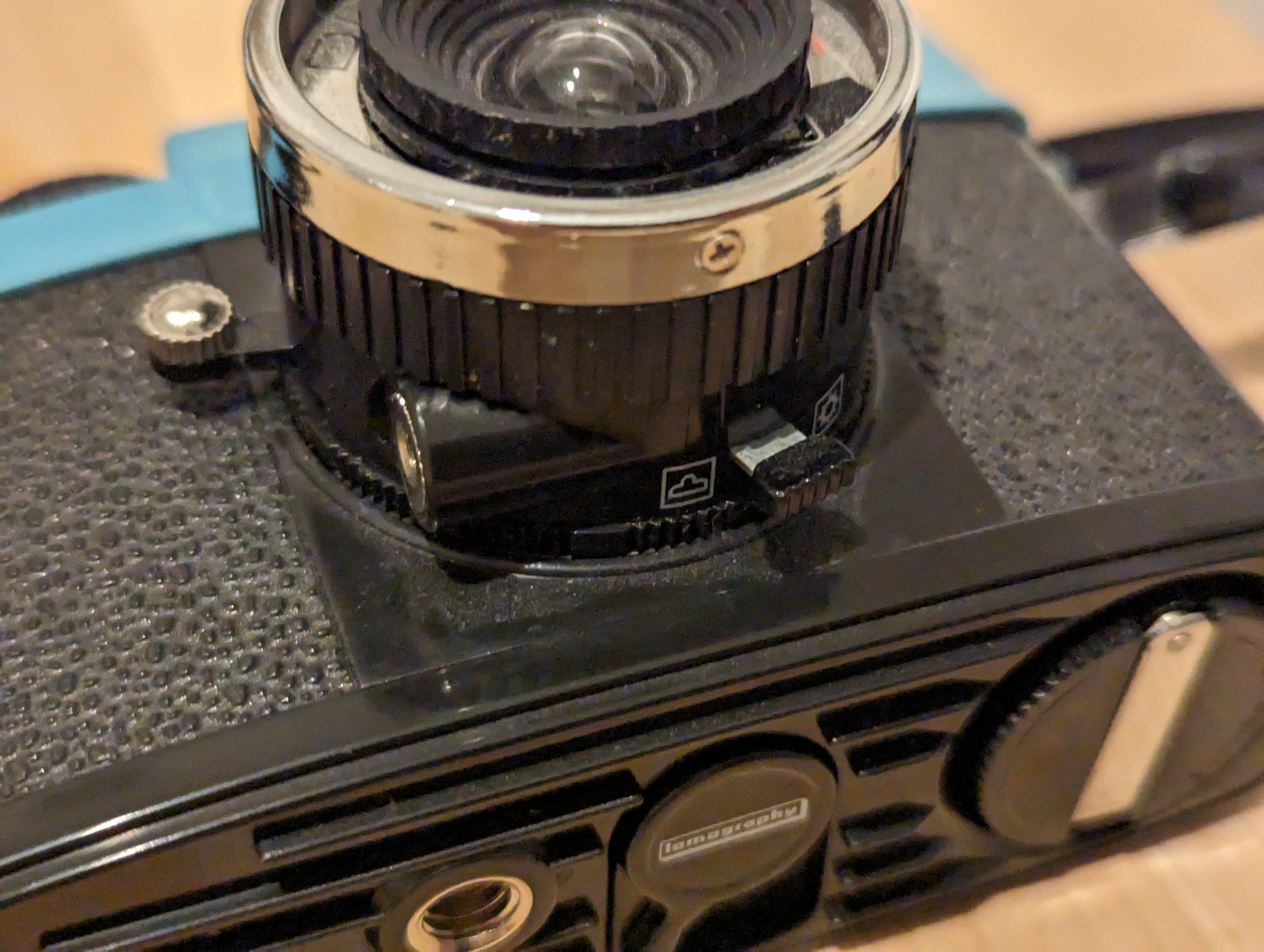
Weirdly those are seriously missing in a camera that costs the same but is mechanically simpler ?
And in the Box ?
So you get a lens cap, Posh lomo lifestyle photobook, the Diana F+ flash and gel covers. But meanwhile the Mini comes with all that but also 2 convertors for the flash. One allows the camera to use any hotshoe flash. The other convers the Diana flash to a hotshoe. These are oddly missing in the Lomourette camera set.
There is no manual . You geta QR code in the box taking you to lomography’s download section where you can download a PDF manual.
But hang on the Lomourette costs the same as the Mini but you get less ?
Yeah you get the same lens but less features. And that’s what I can’t understand. It would have been sensible if all you swapped out were the switchable square and 24x12mm setting but you dump all the stuff like switchable aperture and cable release and omit the flash convertors.
They could have sold it a bit cheaper but nope same price. It frankly doesn’t make sense.
In use
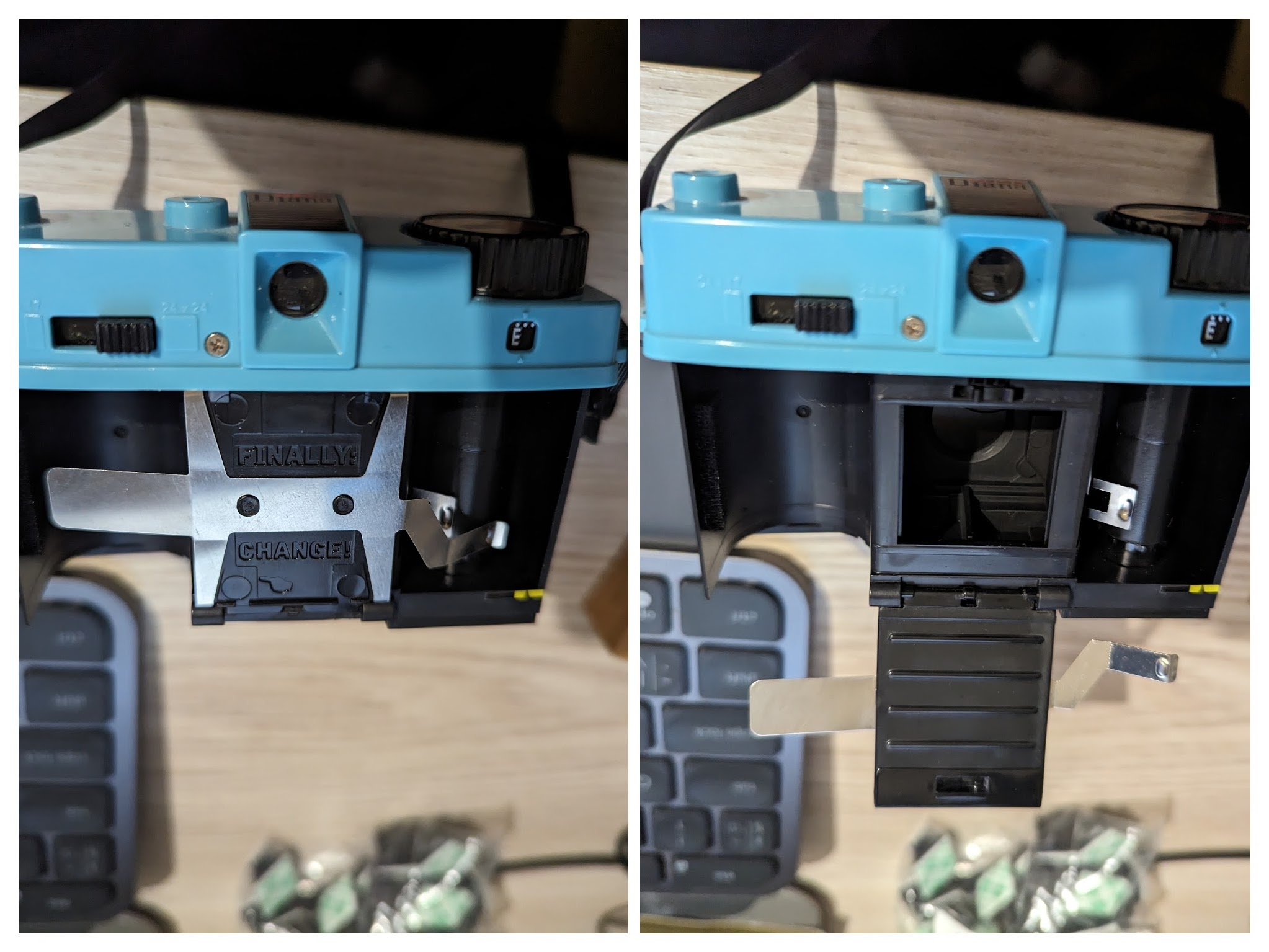
It shares the notorious loading mechanism of the Mini. To load you move the lock switch at the bottom of the camera allowing you to remove the whole back and swing down the pressure gate.
This is famously fickle and you think you’ve loaded correctly to find you can’t wind on at fraction of the number of shots you should have. It looks like it has easy load take up nubs on the take spool which seem to work. It is worth losing a frame to make sure it is winding on correctly. The camera’s shutter is not cocked by winding and you can do multiple exposures but the winding knob locks on each advance until the shutter is fired. It has been geared to half frame and the shutter count is shown on the rear. This doesn’t reset until you reload the camera and wind on
The shutter is a lever on one side of the lens the other switch shutter from 1/60 (N) to Bulb (N). Rewinding is by the standard depress pin on base and rewind crank.
Choosing Film and that focus
The manual has a simple exposure guide. Not surprisingly using 400 ISO works for almost everything in N mode bar low light.
The camera like the Mini has a helicoid lens structure with markings for 4 zones (0.6m, 1-2m, 2-4m & 4m-∞). I’ll assume it has the same “does it actually focus ?” issues as the Mini. You turn the inner bezel to match the zone. It might not be worth focusing that much but at least it’s a good way to remind you to take off the lens cap.
So what will the images be like ?
Images will likely be that tad soft and more off at edges as with the mini
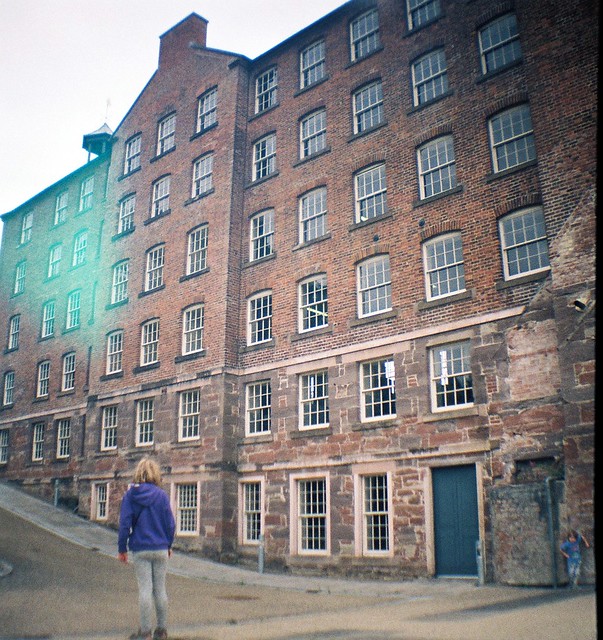
The Mini is for me notoriously fickle camera going between Lo-Fi Glory and dumpster fire with no obvious clues.
Final thoughts for now on the Lomourette
I’ll publish a full review when I’ve shot a few rolls. I quite like the format and it makes sense for Lomography to jump onto half frame band wagon. But charging you the same as the more capable Mini seems just a bit unfair especially as it does this and offers more for the same money.
Shame as charging a bit less would not leave you feeling hard done by. And Lomography could release a mark II with features of the Mini restored and call that a Mini Half (which is what this is) . Now granted the cable point and tripod bolt were nice also haves but the aperture switch does help and is sorely missing.
But it does bring something quirky to the half frame market which is no bad thing. If you want crisper shots to your plastic half frame by a H35N or budget option get a Agfaphoto Half-frame. But this will produce I hope more lo-fi aesthetic for us lo-fi fans

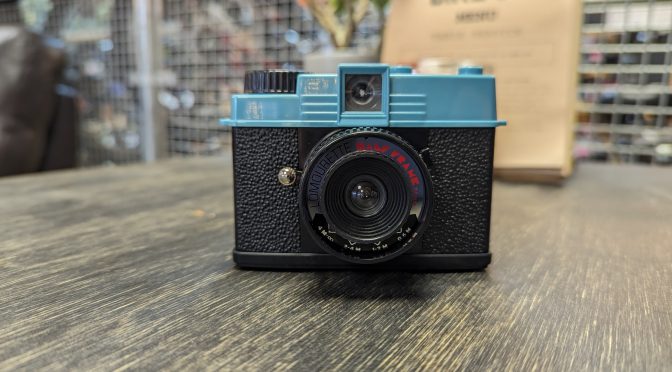
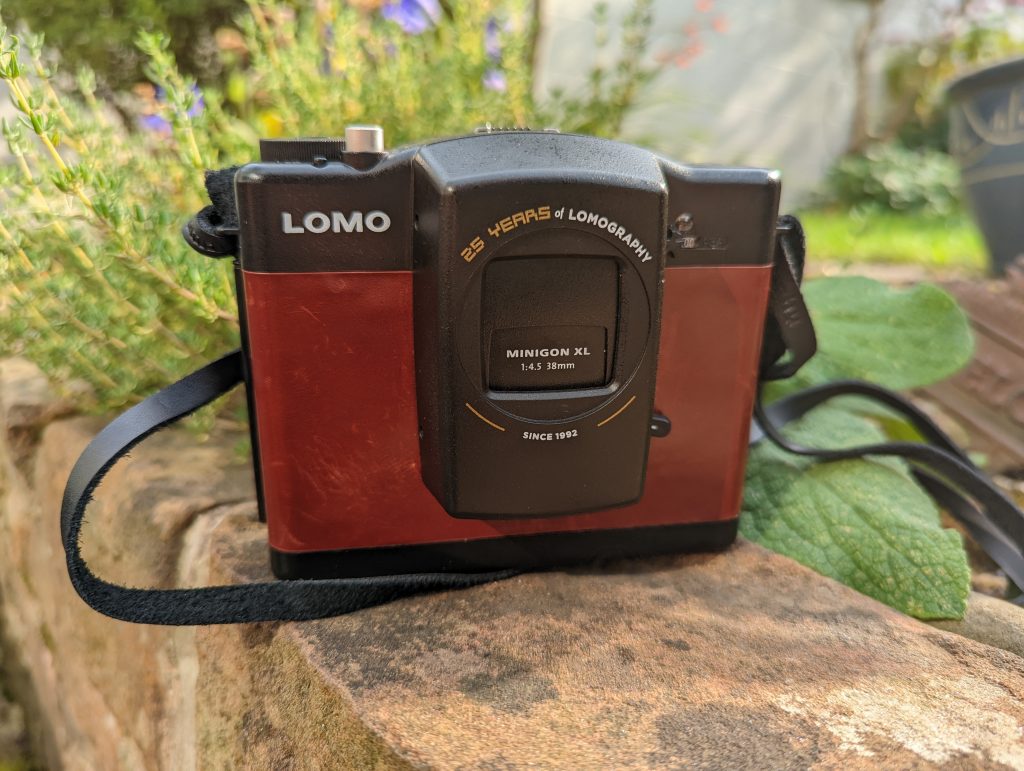
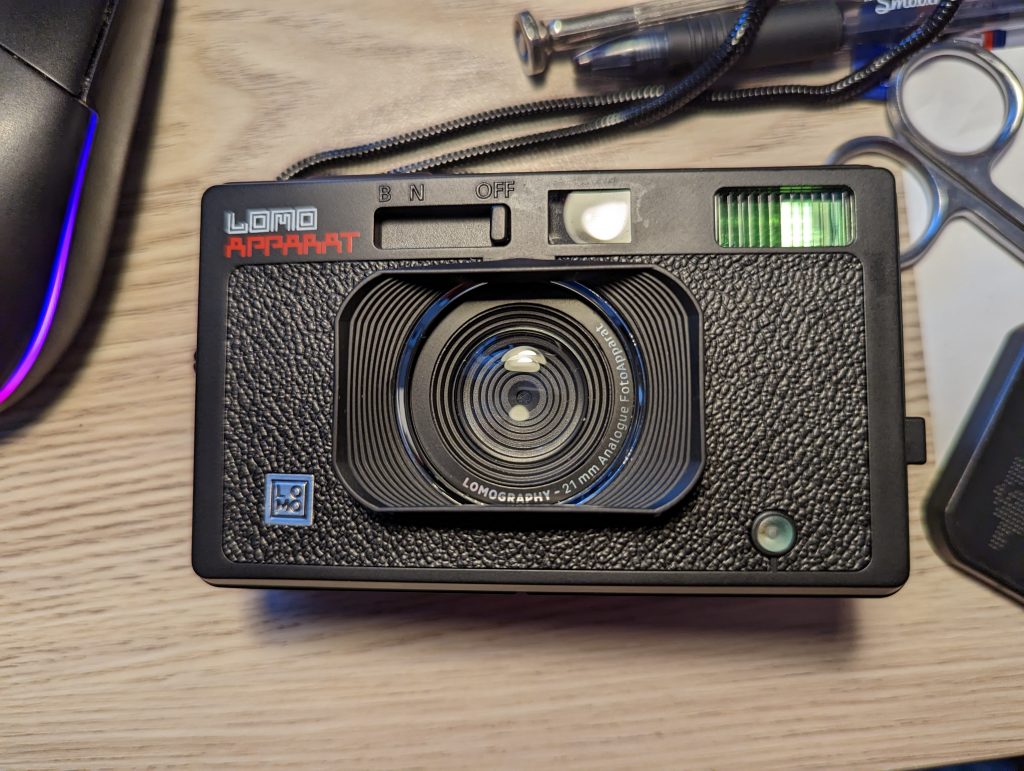
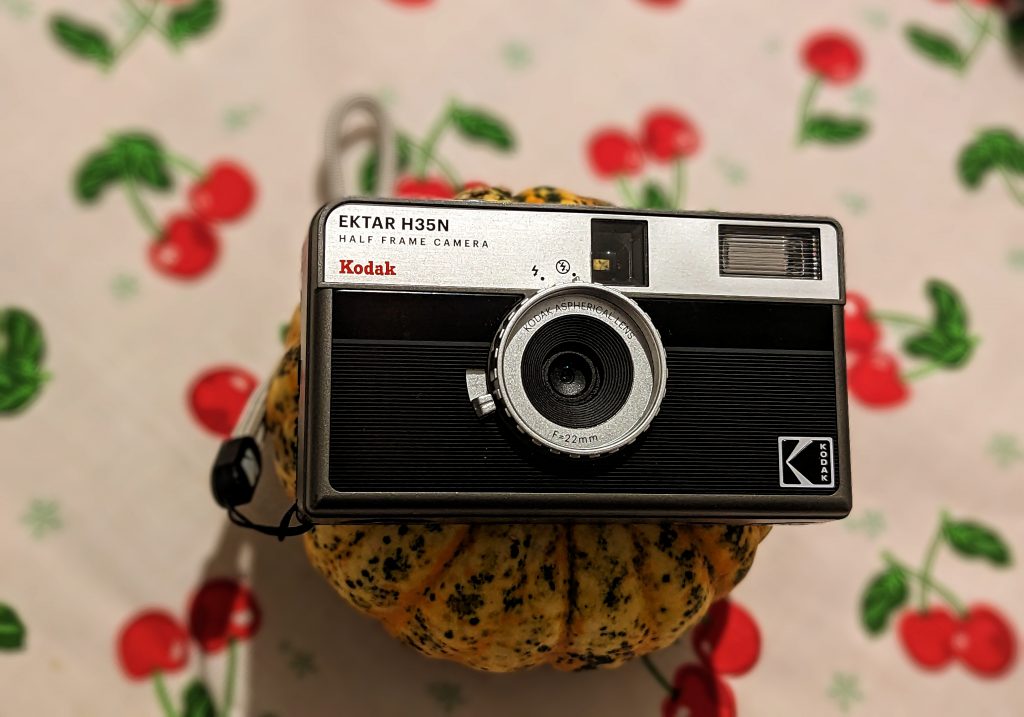
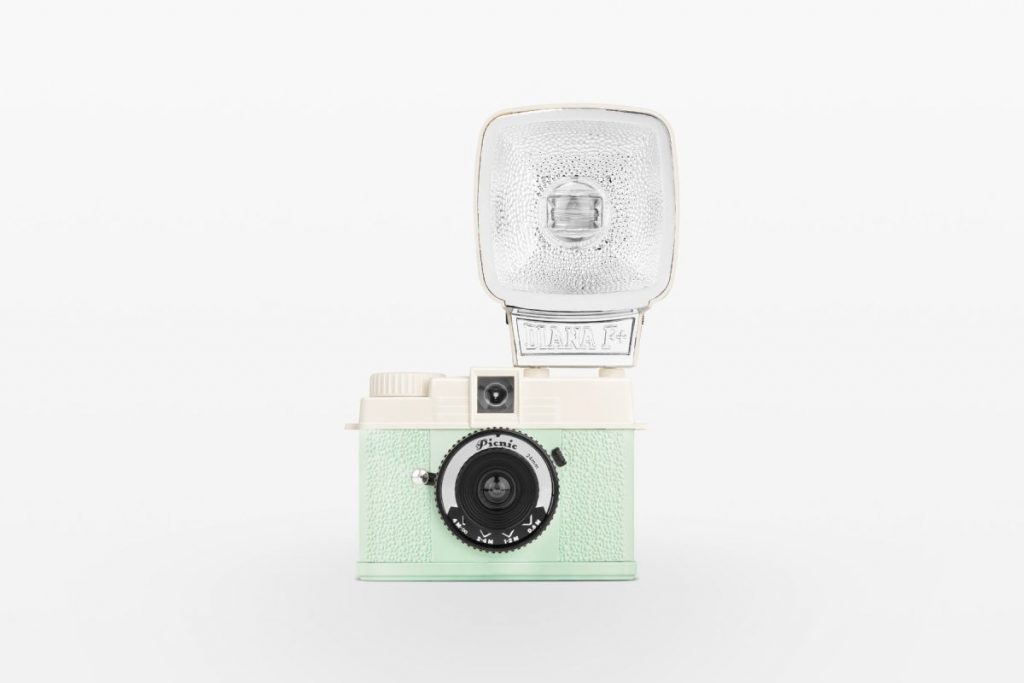
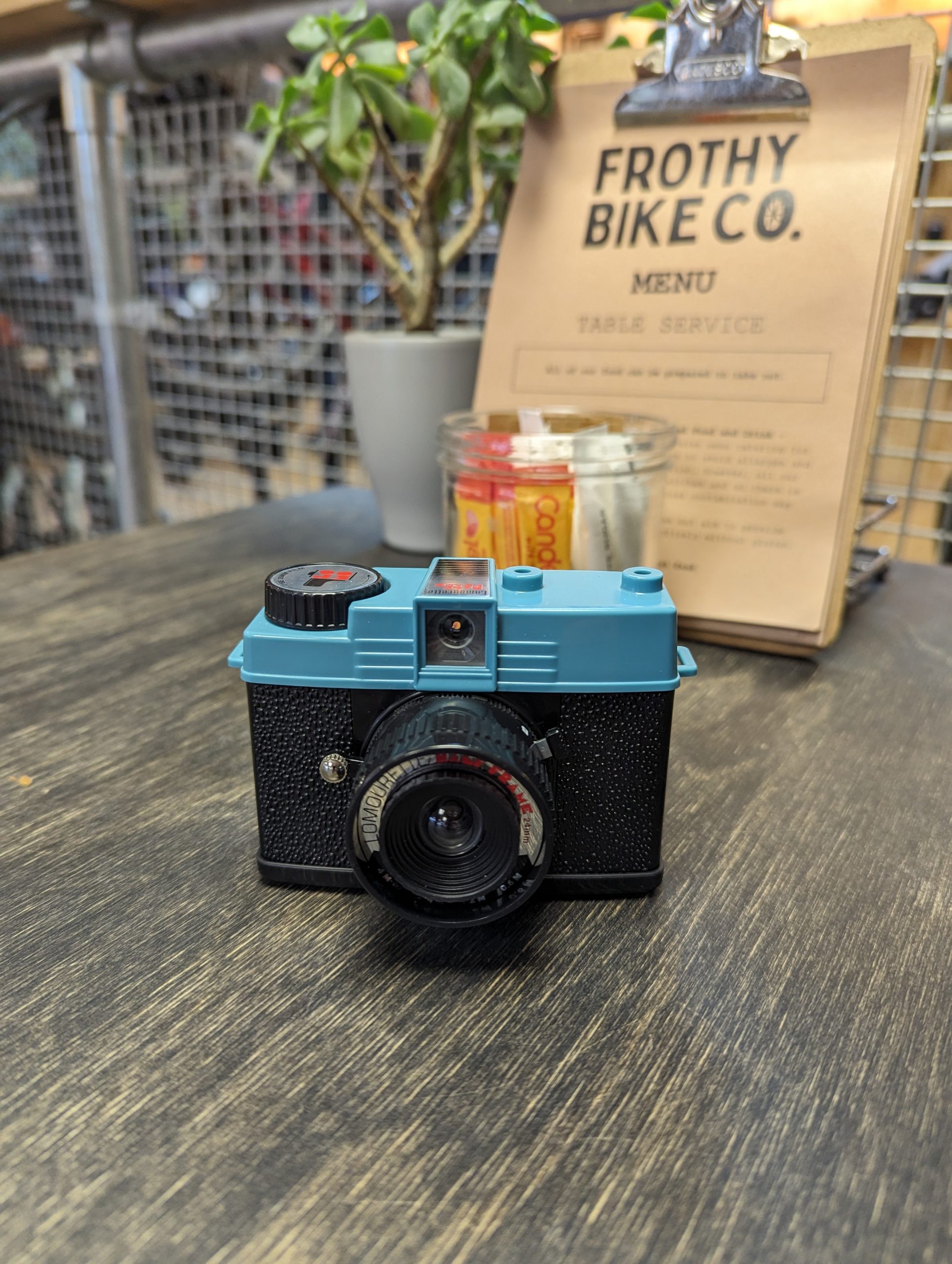

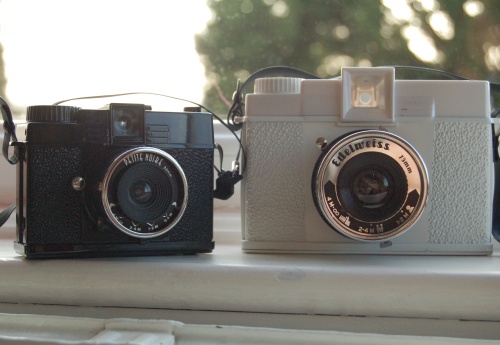


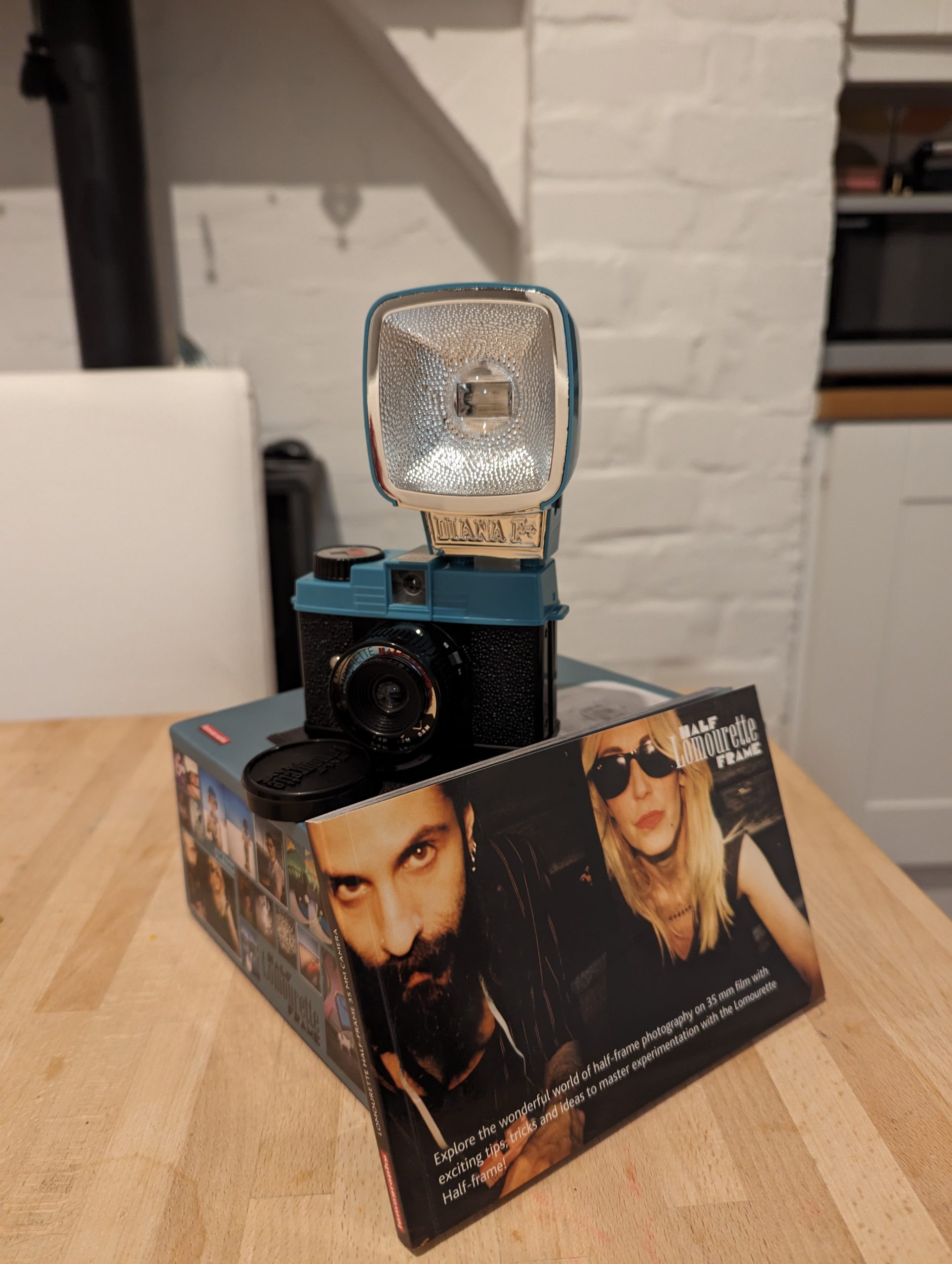

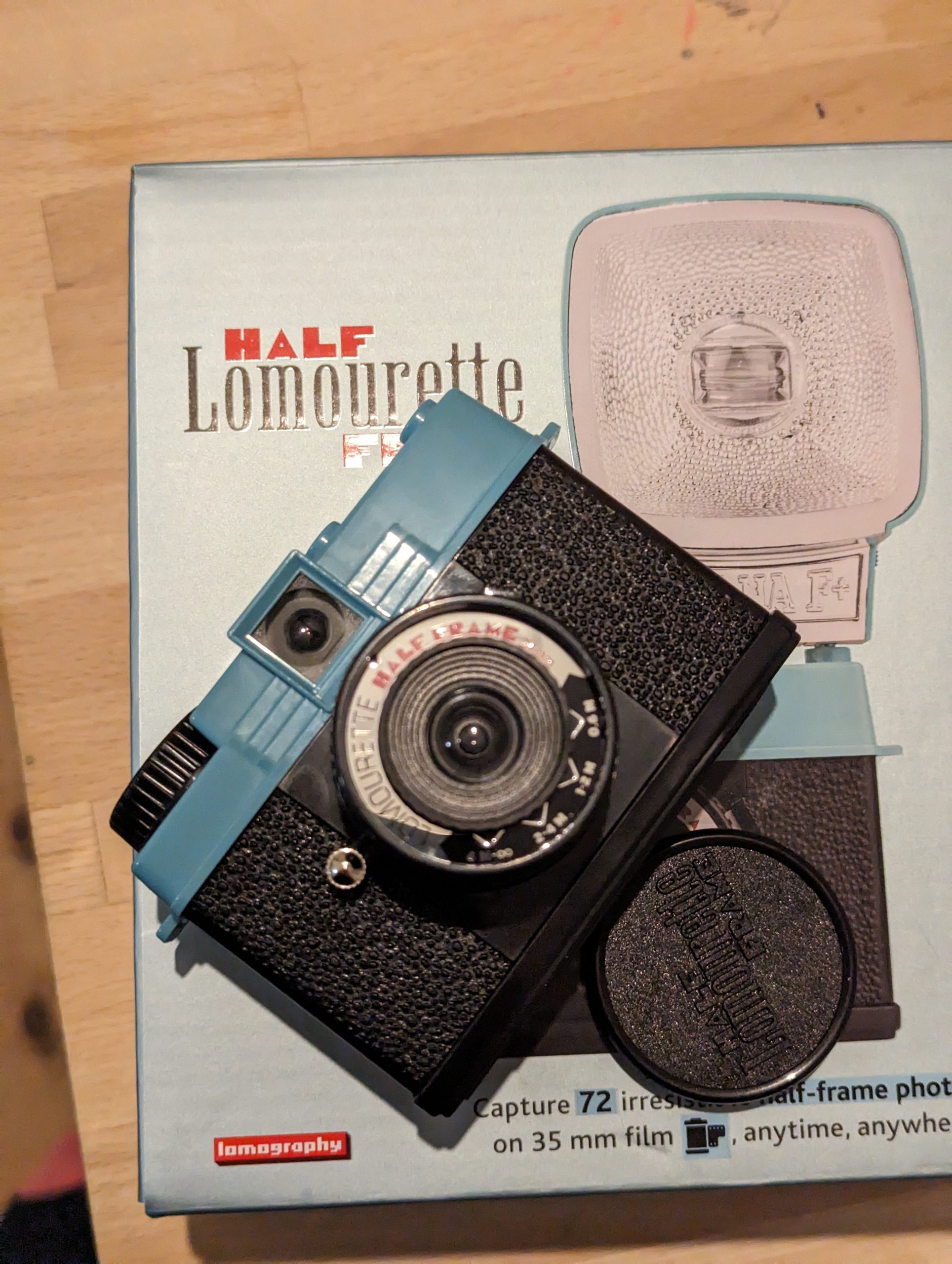
I keep getting burned by Lomo and I sold my Mini last year. But have I learned anything? No. This is exciting to me, looking forward to your review.
a theory on the name Lomourette – it may be a pun on the French word L’amour (Lamourette).
Lomo just released a new 110 camera today. On the US site the Lomourette is listed but with no fanfare. Maybe they’re trying a “soft launch” to gauge interest, or maybe it’s a dud and they feel obligated to at least list it for a little while…